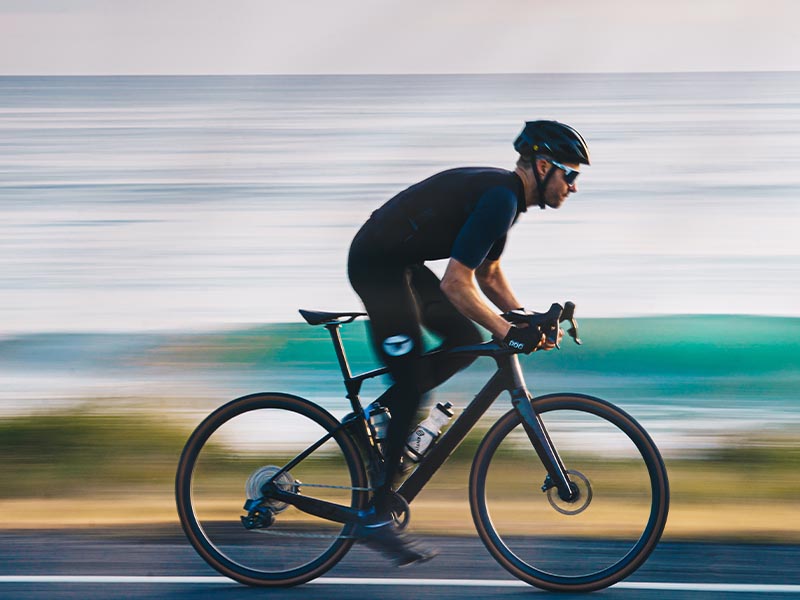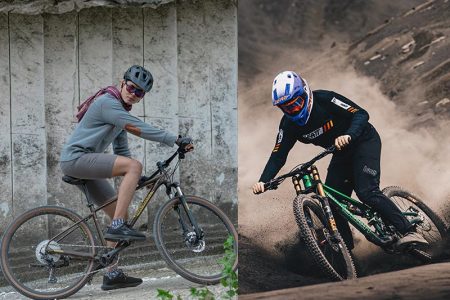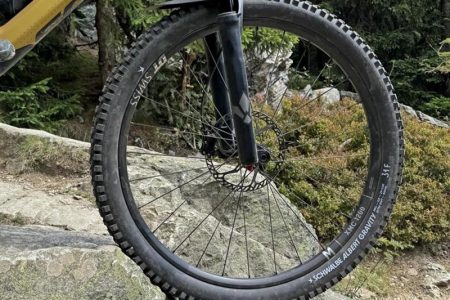Gravel bikes are well-loved for their versatility. Whether you’re exploring rugged trails or cruising through city streets, these bikes can handle a wide range of terrain. However, when riding on smooth pavement, some cyclists may notice that their gravel bike feels a bit sluggish compared to a dedicated road bike. This is due to factors like wider tires, lower gearing, and a more relaxed geometry—all designed for off-road stability rather than pure speed.
The good news? You don’t have to switch bikes to enjoy a faster ride on paved roads. With a few simple tweaks, you can optimize your gravel bike’s speed on smooth pavement and get the best of both worlds. Here’s how.
1. Optimize Your Riding Position
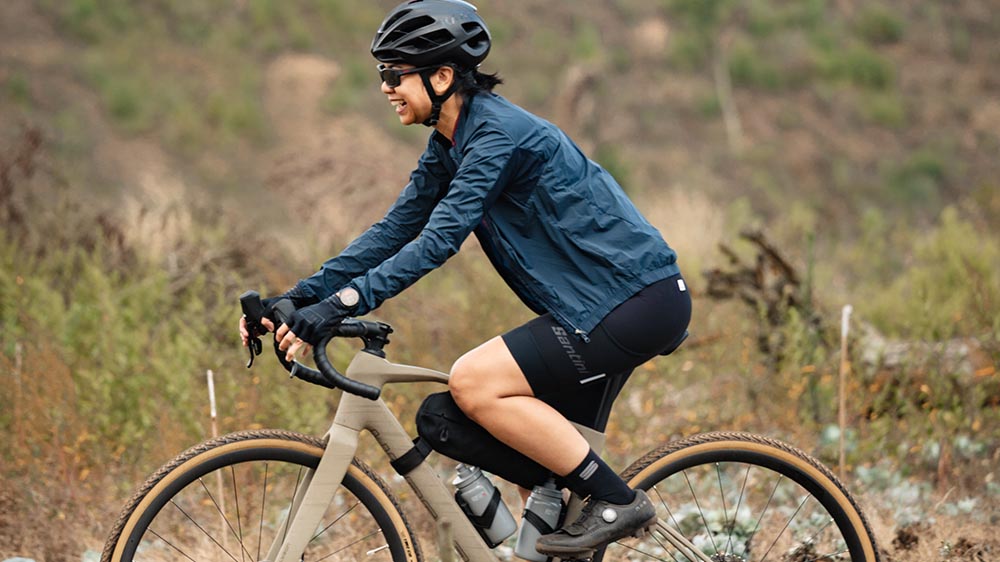
Your body position plays a big role in aerodynamics and efficiency. On rough trails, gravel bicycle riders often sit in a more upright posture for better control and comfort. However, when transitioning to smooth pavement, adjusting your riding stance can help reduce wind resistance and improve your gravel bike’s speed.
- Lower your handlebars: Positioning your handlebars slightly lower will put you in a more aerodynamic stance, reducing drag.
- Tuck in your elbows: Keeping your arms closer to your body minimizes wind resistance.
- Engage your core: A strong core helps maintain a stable and efficient pedaling motion.
- Practice an efficient cadence: Aim for a cadence between 80-100 RPM to maintain speed with less effort.
By making these small adjustments, you’ll notice a smoother and faster ride without compromising comfort.
2. Use Narrower Gravel Bike Handlebars
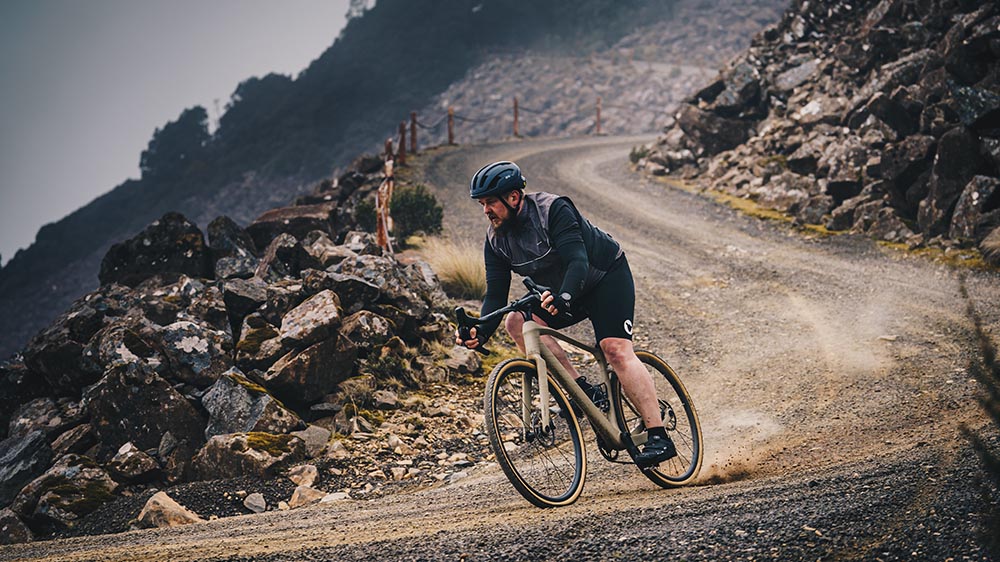
Gravel bikes often come with flared drop bars that offer extra control on rough terrain. While great for stability, these wider bars can create more air resistance when riding on pavement.Switching to narrower handlebars can help you cut through the wind more efficiently, leading to better speed. If you frequently switch between gravel and road riding, consider gravel bicycle handlebars with a moderate flare to maintain some off-road control while improving aerodynamics on the road.
3. Consider Using Slicker Tires
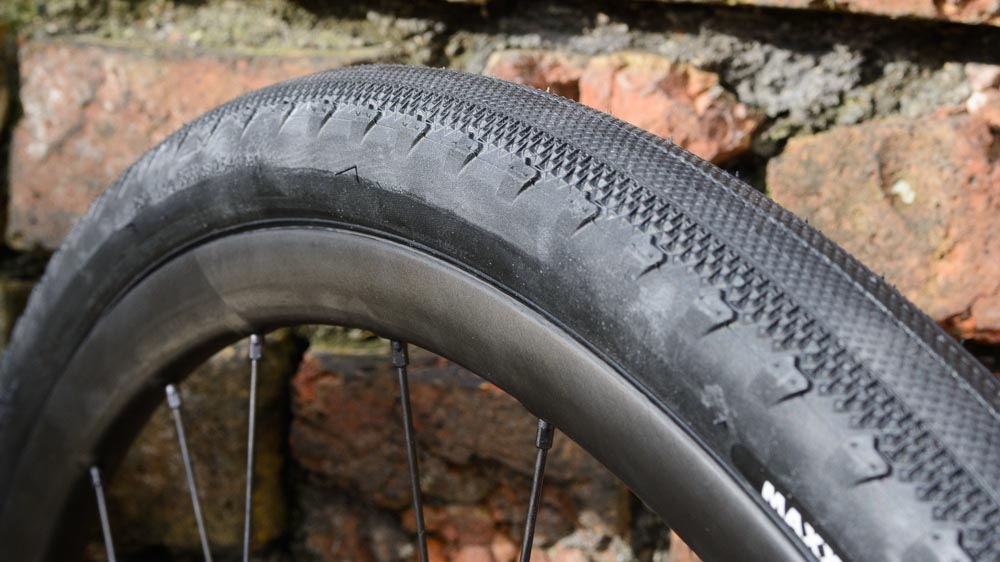
One of the biggest factors affecting gravel bike’s speed on smooth pavement is tire choice. Gravel bikes typically have wider, knobby tires designed for traction on dirt and gravel. While these tires are great off-road, they create rolling resistance on pavement, slowing you down.
To improve speed:
- Switch to slick or semi-slick tires: These have less tread, reducing rolling resistance while still providing grip.
- Choose a narrower tire width: Tires in the 30-35mm range will balance comfort and speed.
- Increase tire pressure: Higher PSI reduces rolling resistance but be mindful not to overinflate, as this can make the ride harsh.
- Use tubeless tires: Tubeless setups reduce rolling resistance further and improve ride quality.
By optimizing your tire setup, you’ll experience a noticeable boost in speed and efficiency on pavement.
4. Keep Your Bike’s Chain Clean and Well-Lubricated
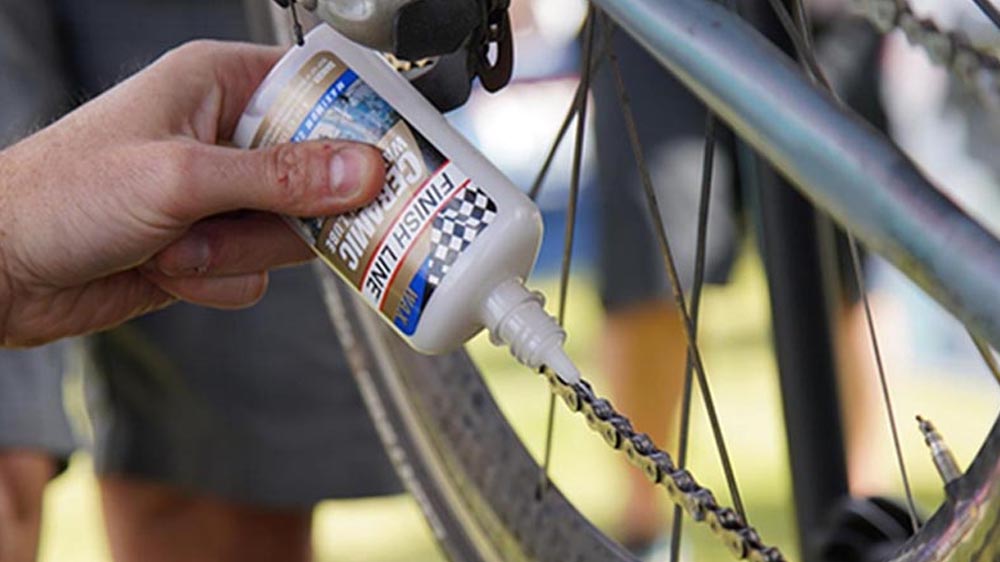
A dirty or dry chain can rob you of valuable speed by increasing friction in your drivetrain. Regular maintenance ensures that your bike runs smoothly and efficiently.
- Clean your chain regularly: Use a degreaser and brush to remove dirt and grime.
- Apply the right lubricant: Choose a dry lube for dry conditions and a wet lube for wetter environments.
- Check for wear: A worn-out chain can lead to poor shifting and energy loss.
- Lubricate other drivetrain components: Keeping your cassette, derailleur, and chainrings clean also improves efficiency.
Taking care of your gravel bicycle’s drivetrain is an easy yet crucial step to improving your gravel bike’s speed on pavement.
5. Remove Unnecessary Items from Your Gravel Bike
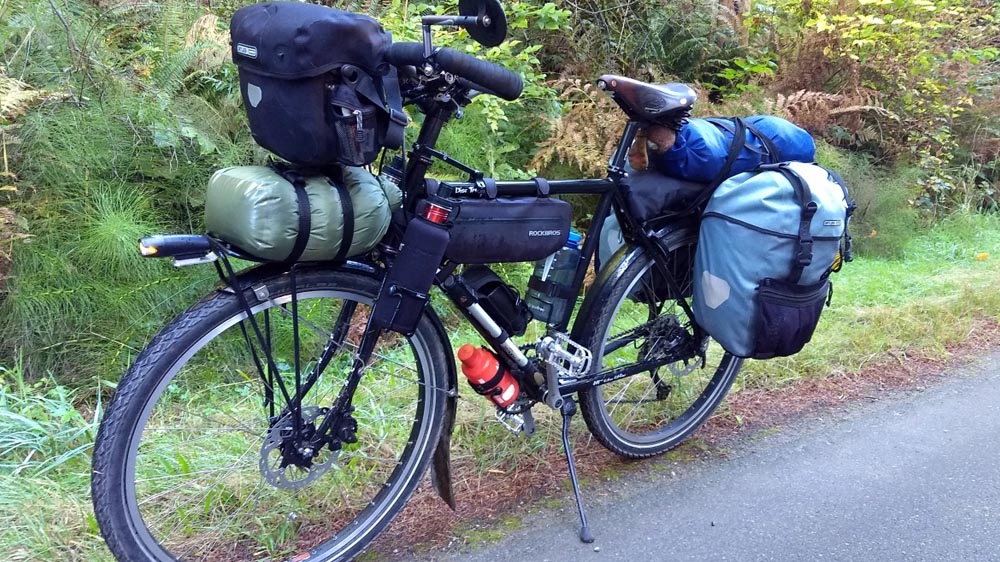
Gravel riding often requires carrying extra gear—bags, tools, and bottle cages for long adventures. However, when riding on pavement, these additional items can add unnecessary weight and wind resistance.
To streamline your ride:
- Remove bikepacking bags: Saddle, frame, and handlebar bags create drag.
- Carry only essential tools: A compact multi-tool and a spare tube are usually enough for road rides.
- Ditch the extra water bottles: Carry what you need, but avoid excess weight.
- Swap heavy components for lighter ones: Consider upgrading to a carbon seatpost, lighter wheels, or a more aerodynamic helmet.
A lighter and more aerodynamic gravel bike setup will help you maximize speed and efficiency on smooth pavement.
Additional Tip: Adjust Your Gearing for Road Riding with a Gravel Bike
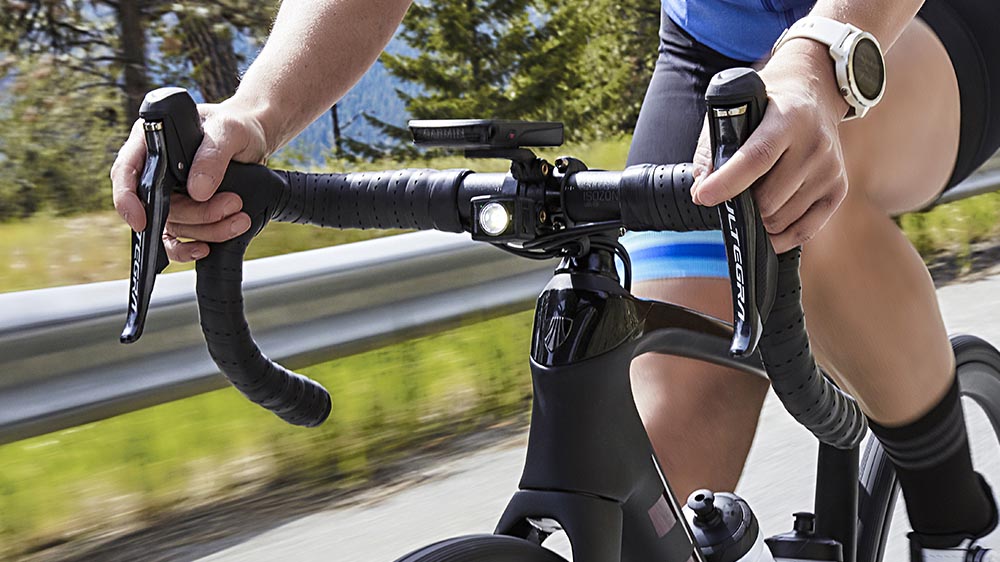
Most gravel bikes come with gearing that favors climbing and off-road riding, which can feel limiting when trying to maintain speed on pavement. Optimizing your gearing setup can help you ride more efficiently on the road.
- Consider a bigger chainring: If you find yourself spinning out on the pavement, a larger front chainring will help you maintain speed.
- Use a tighter cassette: A closer ratio between gears can help with smoother transitions and better cadence control.
- Check your shifting: Make sure your derailleur is properly adjusted to ensure crisp and efficient gear changes.
- Pedal smoothly: Applying consistent and controlled pedal strokes rather than mashing the pedals will enhance your efficiency and reduce fatigue.
By tweaking your gearing, you can ride more comfortably and maximize your bike’s speed potential on the pavement.
Final Thoughts
Gravel bikes are designed to conquer various terrains, but with a few simple adjustments, they can also perform impressively on pavement. By optimizing your riding position, switching to narrower bars, using slicker tires, maintaining your chain, shedding excess weight, and fine-tuning your gearing, you can enjoy a faster, smoother ride without sacrificing the versatility that makes gravel biking so much fun.
So, whether you’re riding on backroads or city streets, these small changes can make a big difference in your gravel bike’s speed and efficiency. Happy riding!









